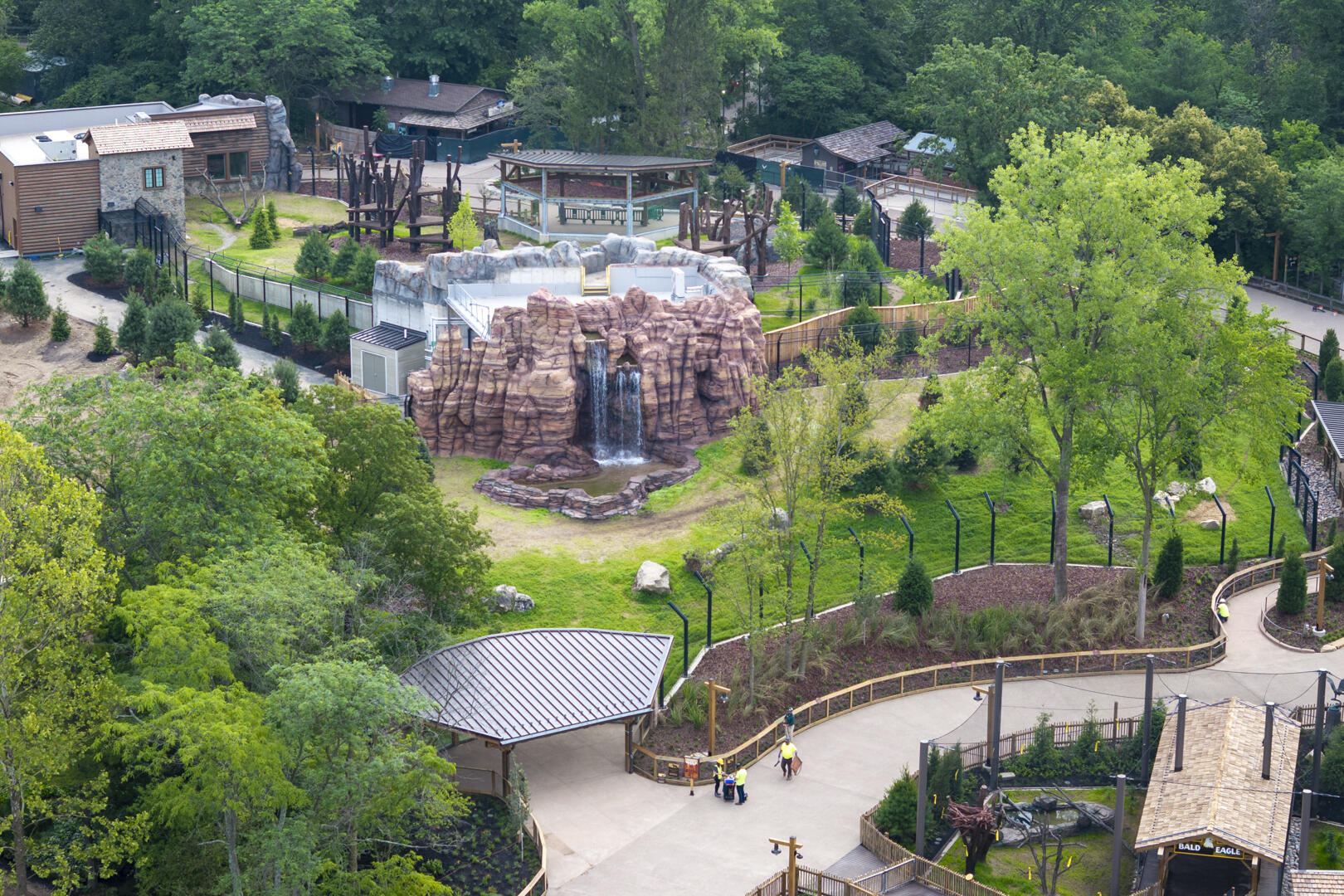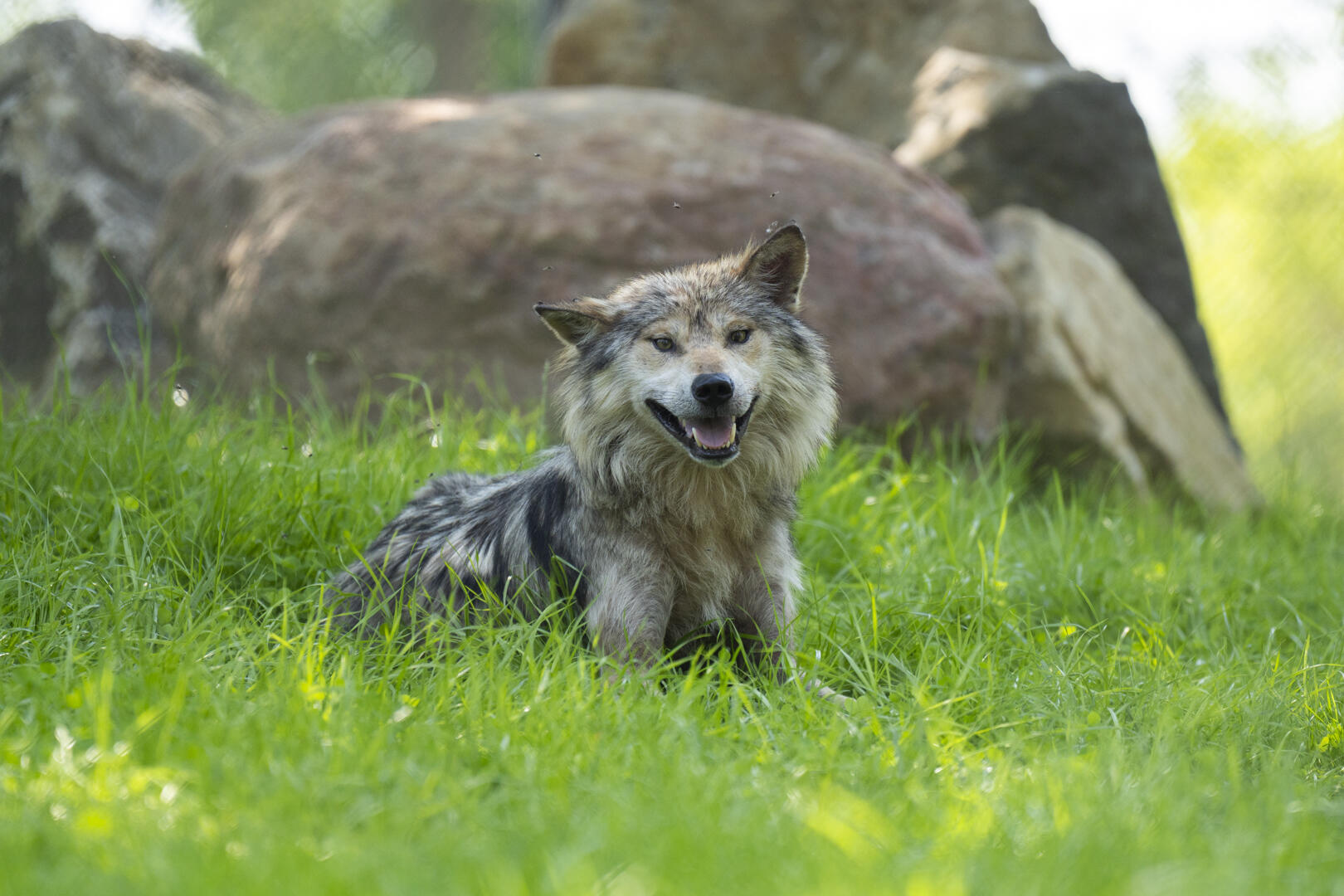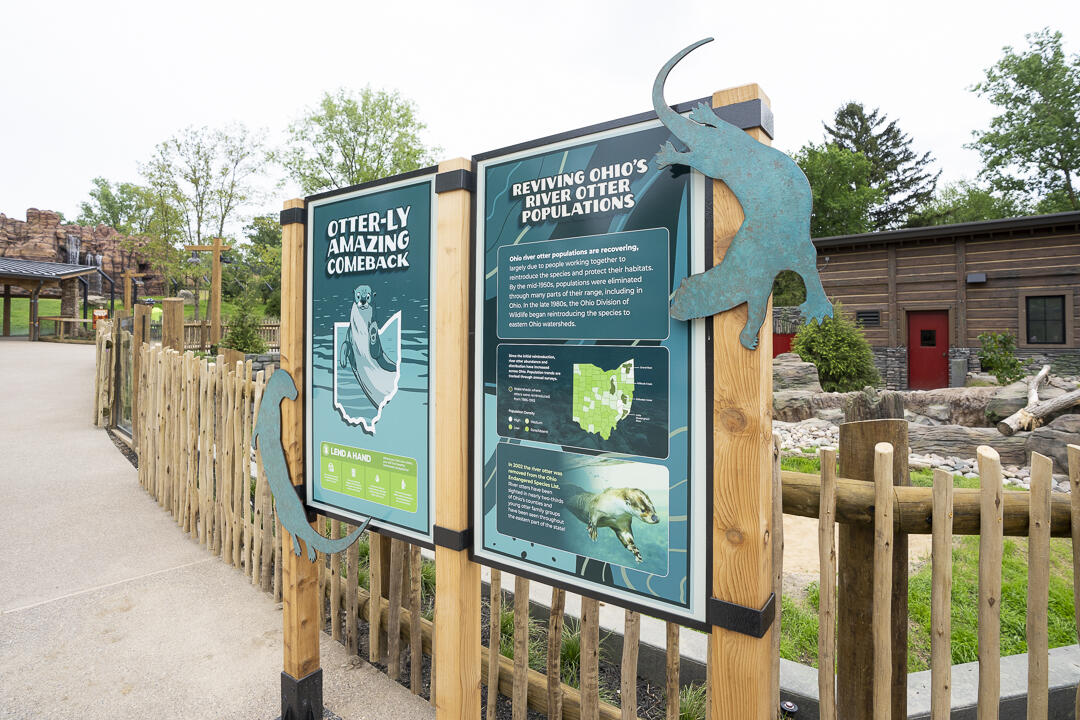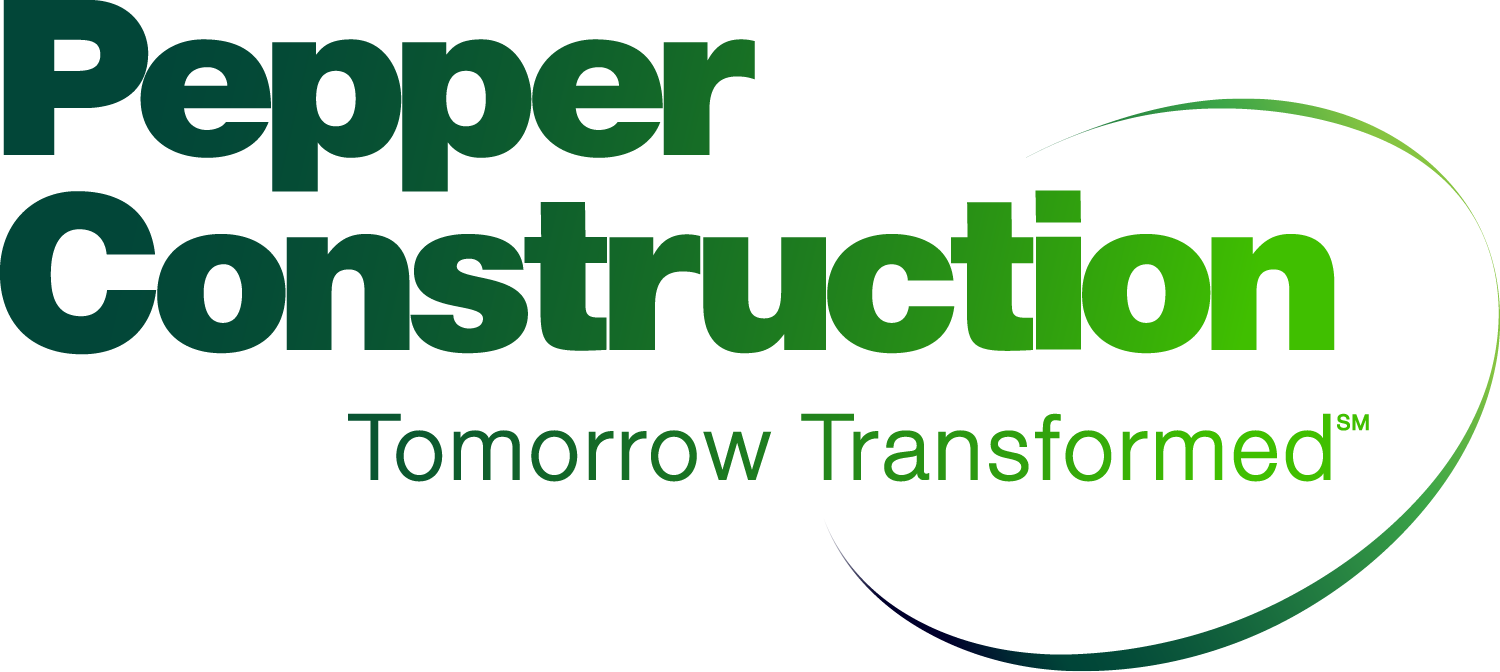Columbus Zoo and Aquarium North America Exhibit Renovations, Indianapolis Zoo Meerkat Exhibit, The Pepper Family Wildlife Center at Lincoln Park ZooHigh performance & sustainability
Whether you’re just getting started or expanding your efforts, we’ve put together a guide to spark ideas and conversations around sustainability in zoo design and construction. Here are 10 impactful strategies to help green your zoo.
Benefitting Our Animal Planet
At Pepper Construction, we’ve had the privilege of building zoos for almost 30 years. Zoos are more than just attractions, they’re centers for conservation, education and community engagement. They invite us to step into the animal world – one which is unique yet has much in common with our own habitat. As more zoos commit to sustainable operations, we’re excited to be part of that journey for the benefit of our shared environment.
Whether you’re just getting started or expanding your efforts, we’ve put together a guide to spark ideas and conversations around sustainability in zoo design and construction. Here are 10 impactful strategies to help green your zoo.

1. Generate Renewable Energy On-Site
Solar energy is one of the most visible and effective ways to reduce a zoo’s carbon footprint. Rooftop or ground-mounted solar arrays provide clean energy for exhibits, buildings, and overall operations. Pairing solar with pollinator-friendly landscaping, called agrivoltaics, creates a dual-purpose ecosystem that supports biodiversity while generating clean energy.
2. Capture and Reuse Rainwater
Rainwater harvesting systems reduce reliance on municipal water and help manage stormwater runoff. Collected rainwater can be reused for landscape irrigation, exhibit cleaning and even toilet flushing in some jurisdictions. It’s a smart way to conserve water and reduce utility costs.
3. Conduct Facility Assessments
Before building new, assess what you already have. Facility assessments help identify aging systems, inefficiencies and opportunities for retrofits. Whether it’s upgrading HVAC systems or improving insulation, small changes can lead to big savings and sustainability gains.

4. Achieve Near Zero Waste Operations
Sustainability doesn’t stop at the construction site. Zoos can divert over 90% of waste from landfills by implementing composting, recycling and reuse programs. During construction, preplanning for waste management and working with the right waste haulers can divert up to 95% of construction generated waste from landfills.
5. Utilize Geothermal Heating and Cooling
Geothermal systems use the earth’s stable underground temperature to efficiently heat and cool buildings. This is especially beneficial for animal habitats that require consistent climate control. It’s a long-term investment that pays off in energy savings and reduces emissions.
6. Offer Sustainable Food Options
Food service is a major touchpoint for visitors. Offering local, organic and plant-based menu items reduces environmental impact and supports local agriculture. Switching to aluminum water bottles or refill stations also cuts down on single-use plastics.

7. Engage Visitors Through Education
Zoos are uniquely positioned to inspire action. Interpretive signage, interactive exhibits and behind-the-scenes tours can educate guests on climate change, conservation and sustainable living. The more informed your visitors are, the greater your impact on the outside world.
8. Maximize Building Efficiency
Energy-efficient buildings reduce operational costs and environmental impact. Retrofitting with LED lighting, high-efficiency HVAC systems and smart building controls ensures optimal performance. Energy audits and continuous monitoring help maintain efficiency over time.
9. Certify and Showcase Green Infrastructure
Certifications like LEED or Living Building Challenge demonstrate a commitment to sustainability. Features like green roofs, permeable pavement and visible rainwater systems not only improve performance but also tell a compelling story to visitors about your values.
10. Lead by Example in the Community
Sustainability extends beyond your gates. Partnering with local schools, nonprofits and community groups promote environmental education and access to green spaces. Your zoo can be a hub for environmental justice and community resilience.
At Pepper, we believe that building for the future means building responsibly. We’re proud to support zoos in their mission to protect wildlife and the planet.
What sustainable strategies have you seen in action at your local zoo? Let’s keep the conversation going!
About the Author


